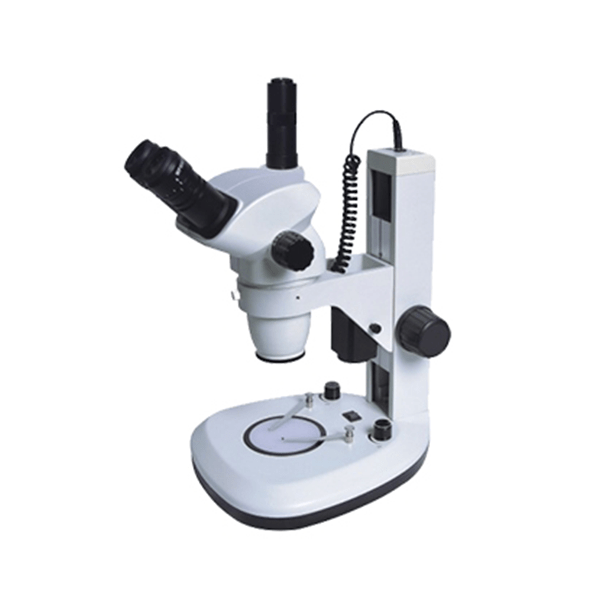A specialized camera called a microscope camera is used to take pictures or videos of specimens under a microscope. Applications for microscope cameras are numerous and include research, instruction, and clinical diagnosis.
Usually installed on the eyepiece of a microscope, microscope cameras take pictures of the specimen using a range of imaging technologies. A charge-coupled device, or CCD, sensor is the most widely used kind of microscope camera. It consists of a grid of light-sensitive pixels. The sensor detects light and converts it into an electrical charge and digital signal. The camera then processes this signal to produce an image.
Additional varieties of microscope cameras exist that employ distinct imaging technologies, including scientific CMOS (sCMOS) sensors and CMOS (complementary metal-oxide semiconductor) sensors. Though they read out images faster and use less energy than CCD sensors, CMOS sensors are comparable. Even more sensitive than CMOS sensors, sCMOS sensors are frequently employed in fluorescence imaging and other similar applications.
There are many different resolutions of microscope cameras, ranging from a few megapixels to over 100 megapixels. The amount of detail that can be captured in the images depends in part on the camera's resolution. Images of small specimens or specimens with complex structures, for instance, will be able to show more detail when taken with a high-resolution camera.
Numerous additional features, including various frame rates, cooling systems, and software packages, are also available for microscope cameras. The particular uses for which the camera is put to use will determine which features are crucial.



